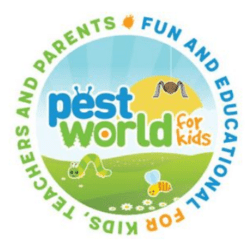Did you know? Moths are not a type of butterfly, even though they are similar and sometimes mistaken for each other.
Fun Moth Information for Kids, Parents and Teachers!
You’ve seen moths around your home or hanging out near the light on your front porch, but what exactly are they? Are they a relative of the butterfly?
Read our moth facts to learn all about them!
- Most moths are nocturnal. That means they are active at night. Because of this, moths navigate, or find their way around, by using the light of the moon.
- While moths seem to be attracted to light (for example, a porch light or a fire), they are actually confusing those light sources for the light of the moon. This results in them getting “lost” making it look like they are attracted to light!
- Some moths can do “impressions” of other animals. For instance, a moth can make itself look like a praying mantis, wasp, or tarantula to scare off predators.
- Moths are great for plants and flowers. In fact, they pick up pollen from every plant they land on.
- Not all moths eat holes in clothes! You might know that mothballs got their name because they prevent moths from eating clothing and other fabrics, but actually, adult moths do NOT eat clothes. In fact, adult moths do not even have mouths! Only the young moth larvae eat clothes.
- Although it ranges depending on the type of moth, typically a moth only lives anywhere from a few weeks to a few months.
- A Mexican “Jumping” Bean jumps because a moth larva living inside the bean squirms when it gets warm.
- The female moth lays between 60 and 300 eggs.
- There are about 13,000 species of moths in North America and about 165,000 species in the world.
- Silk comes from the cocoons of the true Silk Moth. More than 25,000 cocoons must be unraveled to make a single pound of silk thread.
- Male silk moths can detect female moths up to several miles away.
- Some kinds of moths can stay active in freezing weather because their bodies contain a natural anti-freeze that keeps sharp ice crystals from breaking their cells.




